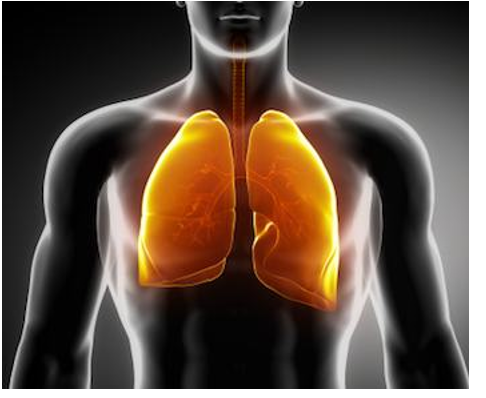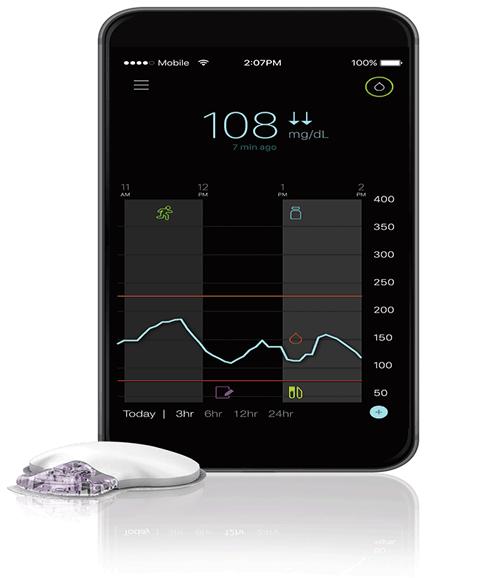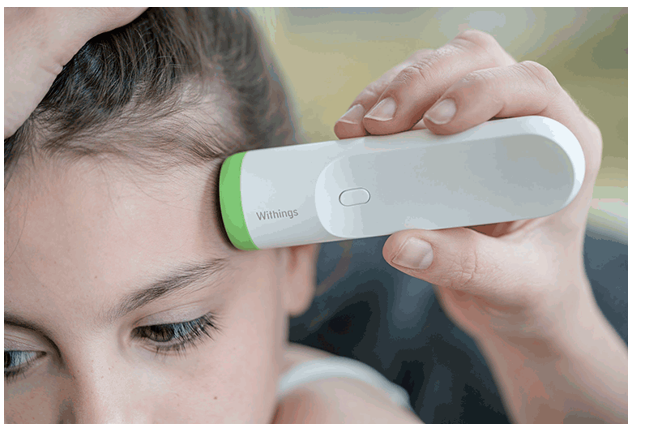Nanoparticle lung vaccine protects against HIV, herpes
Scientists have created a type of nanoparticle that they say can effectively deliver vaccines to the lungs, protecting against numerous infectious diseases. This is according to a study published in Science Translational Medicine. Researchers from the Massachusetts Institute of Technology (MIT) say the nanoparticle vaccine could help protect againstinfluenza and other respiratory diseases, as well as prevent sexually transmitted diseases such as HIV, human papilloma virus and herpes simplex virus. The scientists note that many viruses and bacteria infect humans through mucosal surfaces, such as those in the lungs. Therefore, they wanted to develop vaccines that are…
Read More









